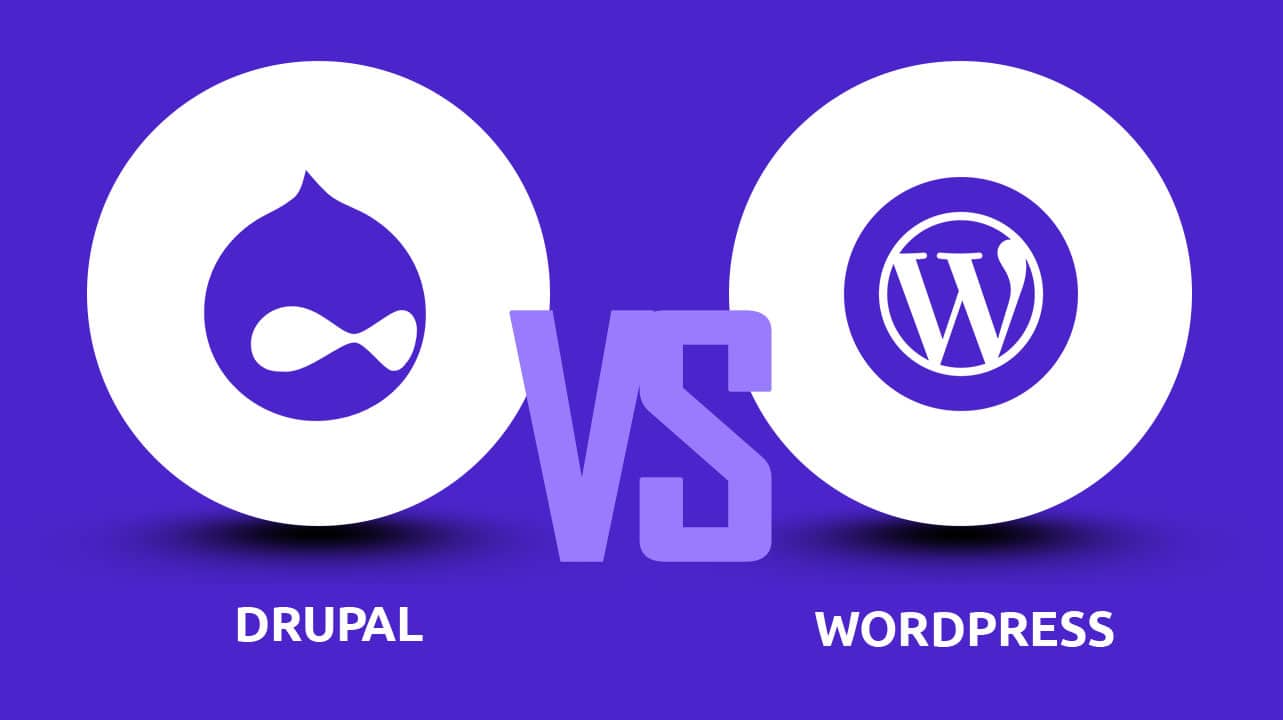Creating an engaging e-commerce website isn’t just about putting products online—it’s about crafting immersive user experiences that convert visitors into lifelong customers. Whether you’re a solopreneur or scaling up, this guide walks you through the essentials of designing an e-commerce store that drives results. And when you’re ready to bring that vision to life?
1. Clarify Your Goals & Map Out Your Strategy
Start with strategy: what do you want your store to achieve in 2025? Be SMART:
- Specific — Launch X product lines, reach Y daily visitors
- Measurable — Set conversion or revenue benchmarks
- Achievable — Based on your team and budget
- Relevant — Aligns with brand identity
- Time-bound — For example, full launch by Q2 2026
For inspiration, check out how Glossier clearly ties design elements to their brand identity, driving both storytelling and conversion.
2. Prioritize Mobile UX & Performance
With mobile commerce soaring—over 70% of online orders made via mobile² InMotion Hosting —your site must be responsive, snappy, and streamlined.
- Use lightweight WordPress themes optimized for speed.
- Ensure fast checkout flow: social logins, minimal fields, progress indicators.
- Integrate essentials like SSL, CDN, and daily backups for trust and reliability—areas WP BigBang can expertly handle (Speed Optimization, Security, CDN, SSL, Backup).
See Amazon’s mobile checkout for a fast and familiar experience that keeps customers coming back.
3. Choose the Right Platform & Tech Stack
WordPress, paired with WooCommerce or Easy Digital Downloads, remains a powerful, flexible choice for stores of all sizes Easy Digital Downloads.
- WooCommerce for physical products; great scalability and plugin ecosystem.
- Easy Digital Downloads for digital goods, subscriptions, or courses.
WPBeginner notes how WordPress’ SEO-friendly structure and vast plugin library (SEO, hosting, speed tools) give it an edge WPBeginner.
For heavy customization or enterprise-level needs, platforms like Magento or BigCommerce integrate with WordPress—ideal for when you outgrow plugin limitations WP Engine.
4. Design UX That Sells
Your design should guide the eye and the action.
- Clear navigation: stick to intuitive categories and breadcrumbs.
- Visual hierarchy: most important content (e.g. featured products, promotions) should stand out.
- Product pages: high-quality images, zoom, videos, user reviews.
- Trust signals: highlight SSL, return policy, secure payments.
design inspiration, explore Apple’s product pages—streamlined visuals and clear information guide user decisions effortlessly.
5. Optimize for SEO to Drive Organic Growth
An e-commerce store without traffic is like a shop without a street. To boost visibility:
- Use descriptive, keyword-rich titles and meta tags for products.
- Structure content (blogs, guides) to target long-tail search terms.
- Optimize images (alt-tags) and page speed (lazy loading, caching).
- Implement schema markup to enhance search presence.
As noted in InMotion’s guide, SEO is a key growth lever that’s very much live in 2025.
6. Build Trust: Security & Smooth Checkout Flow
Security is non-negotiable:
- Enable SSL encryption and PCI compliance for safe transactions.
- Use two-factor authentication for admin access.
- Offer transparent return policies, and highlight these trust elements.
InMotion warns businesses: data breaches are a serious risk—security isn’t optional
7. Test, Iterate, & Evolve
Testing isn’t a one-off—it’s ongoing. Focus on:
- Usability testing: Is your checkout intuitive?
- A/B testing critical pages (like product detail or homepage).
- Monitoring analytics: where do users drop off?
- Gathering feedback post-purchase — use reviews, surveys, or live chat.
This reflective cycle keeps your e-commerce store aligned with customer needs and evolving trends.
8. Launch & Scale Strategically
Before launch:
- Double-check all pages, flows, and mobile responsiveness.
- Test forms, payments, and shipping triggers.
Then, post-launch:
- Ramp up optimally: start with SEO/blog content.
- Reinvest profits into features like product recommendations or live chat.
- Scale your platform as you grow, with help from a capable partner.
Inspiration Snapshot
| Section | For Inspiration |
|---|---|
| Strategic & goal-setting | Glossier |
| Mobile UX flow | Amazon mobile checkout |
| Product page aesthetics | Apple |
| Platform flexibility | WordPress/WooCommerce examplesWPBeginnerEasy Digital Downloads |
| Security prioritization | InMotion insightsInMotion Hosting |
Final Thoughts
Designing an e-commerce website today means balancing beauty, performance, trust, and conversion. Focus on mobile-first UX, choose a flexible platform like WordPress + WooCommerce, optimize for search, secure your site, test thoughtfully, and scale strategically. And remember: you don’t have to do it alone! WP BigBang
is your partner for high-quality, affordable design, development, SEO, maintenance, security, and more. Let’s build your digital store with impact—and keep it growing well into 2026 and beyond.








